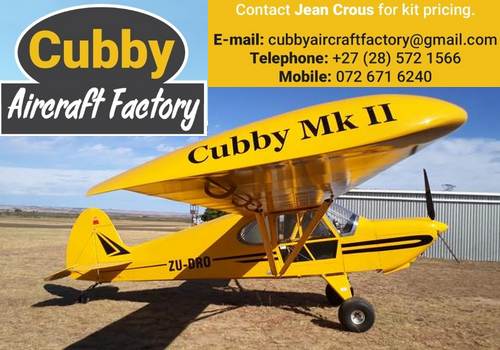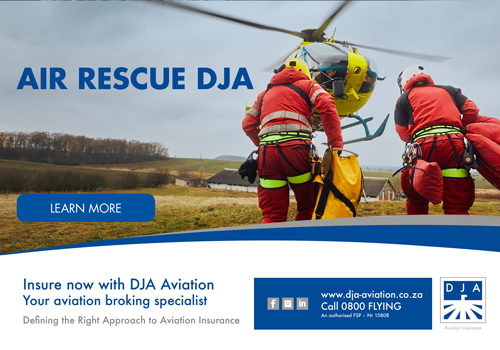














A Brief history of the Buddy Holly and Band Bonaza Crash
Google Banner Ad

The weather at the time of departure was reported as light snow, a ceiling of 3,000 feet (910 m) AMSL with sky obscured, visibility 6 miles (9,700 m), and winds from 20 to 30 mph (32 to 48 km/h). Although deteriorating weather was reported along the planned route, the weather briefings Peterson, a 21-year-old local pilot described as a "young married man who built his life around flying, received failed to relay the information.


Later that morning, Dwyer, having heard no word from Peterson since his departure, took off in another airplane to retrace his planned route. Within minutes, at around 9:35 am, he spotted the wreckage less than 6 mi (9.7 km) northwest of the airport. The sheriff's office, alerted by Dwyer, drove to the crash site.

The Bonanza had impacted terrain at high speed, estimated to have been around 170 mph (270 km/h), banked steeply to the right and in a nose-down attitude. The right-wing tip had struck the ground first, sending the aircraft cartwheeling across the frozen field for 540 feet (160 m), before coming to rest against a wire fence.
The bodies of Holly and Valens had been ejected from the fuselage and lay near the plane's wreckage. Richardson's body had been thrown 40' over the fence and into the cornfield of Juhl's neighbour Oscar Moffett, while Peterson's body was entangled in the wreckage.



Furthermore, Peterson, who had failed an instrument check ride nine months before the accident, had received his instrument training on airplanes equipped with a conventional artificial horizon as a source of aircraft attitude information, while N3794N was equipped with an older-type Sperry F3 attitude gyroscope. Crucially, the two types of instruments display the same aircraft pitch attitude information in graphically opposite ways.

Sport Aerobatics Regionals Klerksdorp 2023

Google Banner Ad
 |
 |
 Copyright © 2024 Pilot's Post PTY Ltd
The information, views and opinions by the authors contributing to Pilotís Post are not necessarily those of the editor or other writers at Pilotís Post.
Copyright © 2024 Pilot's Post PTY Ltd
The information, views and opinions by the authors contributing to Pilotís Post are not necessarily those of the editor or other writers at Pilotís Post.